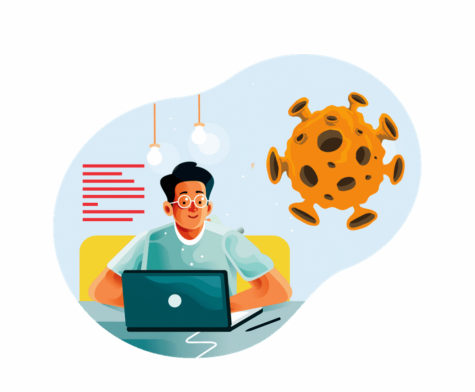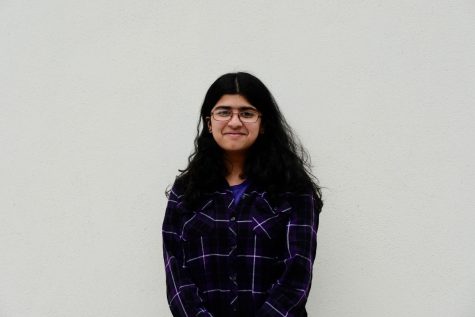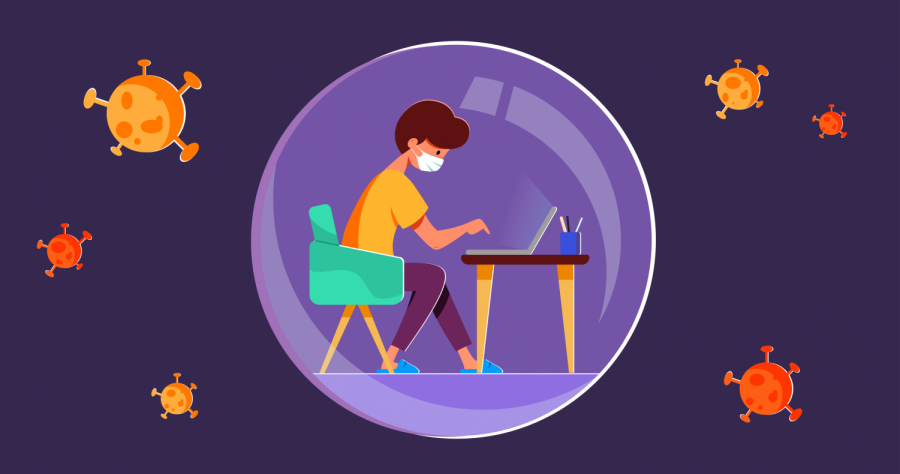Keystone’s Response to COVID-19 Part I: Ending of 2020 School Year
Last year, on March 12th, we got a message from the school: Keystone will be closing down due to COVID-19. Our spring break was extended by a week until they were able to figure something out.
I, personally, was with the few members of the robotics team working over spring break. Our competition, which was supposed to be the next day, had just gotten cancelled, so we organized our boxes and prepared to leave for an unknown amount of time. Before leaving, we walked around the open campuses, wishing goodbye to the classrooms, already empty due to spring break.
After the week hiatus, school quickly went back to action virtually.
My schedule was AP European History, British Literature, Free Period, AP Statistics, French III, Lunch, Chemistry, and finally AP Computer Science.
At the beginning of last year’s 2020 online schooling, different teachers used different platforms. AP European History and AP Statistics use Canvas’s Blue Button feature. British Literature and AP Computer Science typically used Microsoft Teams. For chemistry, we used an asynchronous learning style, watching chemistry videos pre-recorded by our chemistry teacher, and then we could join him for questions on Microsoft Teams. Finally, French III frequently switched platforms, moving from Canvas’s Blue Button to Teams to Zoom. The variety of platforms was difficult to adapt to at first, but, as the school year progressed, it became easier to navigate through the new, virtual education.
 The first week of online school was mostly asynchronous, allowing us to complete tasks at our leisure. Afterward, we went into synchronous mode. For both, we were required to “sign in” using Canvas, typically replying to a message.
The first week of online school was mostly asynchronous, allowing us to complete tasks at our leisure. Afterward, we went into synchronous mode. For both, we were required to “sign in” using Canvas, typically replying to a message.
After the first few weeks of school, students quickly found that staring at a screen for several hours straight had some undesirable consequences and strains. Hearing the students’ voices, Keystone high school slightly changed the schedule, using Wednesday’s “CASA” schedule, but, instead of an advisory period, students got a free period during the extra period every day except Wednesdays.
For testing, the platform we used was Canvas. Some teachers created their own quizzes in Canvas; others assigned us documents of questions, allowing us to write the answers to the question on a separate sheet of paper, take a picture of our paper, then upload it into Canvas.
Of course, on everyone’s minds last semester was Advanced Placement (AP) exams. Last year, I took three APs, and they were shortened, reduced to 45 minutes. The Statistics AP became two free-response questions with no multiple choice. The European History AP was a document-based question, the acclaimed most difficult free-response question, and it was modified slightly, with a different grading style. Finally, the Computer Science AP also consisted of two free-response questions, but it had a twist: one part of the free-response was to write about the code, which we didn’t have much of a standard to base our work off of.
School ended early, as finals were cancelled. However, APs continued past school’s deadline, so school didn’t completely end for me till I finished the Statistics AP. After taking my final test, I felt a certain joy in being able to close my laptop and wait for the upcoming, in-person exam. Certainly, I had thought, the pandemic would pass by with summer? I was painfully mistaken at the time, and, as June turned to July which turned to August, it was clear that we were about to embark on a second quarter of online school.
[This is part 1 in the series of “Keystone’s Response to COVID-19”. To read part 2, click here]

Shreya Chaudhary is a senior planning to major in data science or computer science. She interns with TigerGraph, promotes and tutors women in STEM through...

